Mirror empowers consumers and clinics to check the effectiveness of skincare treatments. Using new photo snapshots, selfies or preexisting photos, subskin condition of pores, wrinkles, texture, blemishes, melanin and bacterial effects can be visualized.
Access with smartphones, tablet, laptop or even a Smart TV
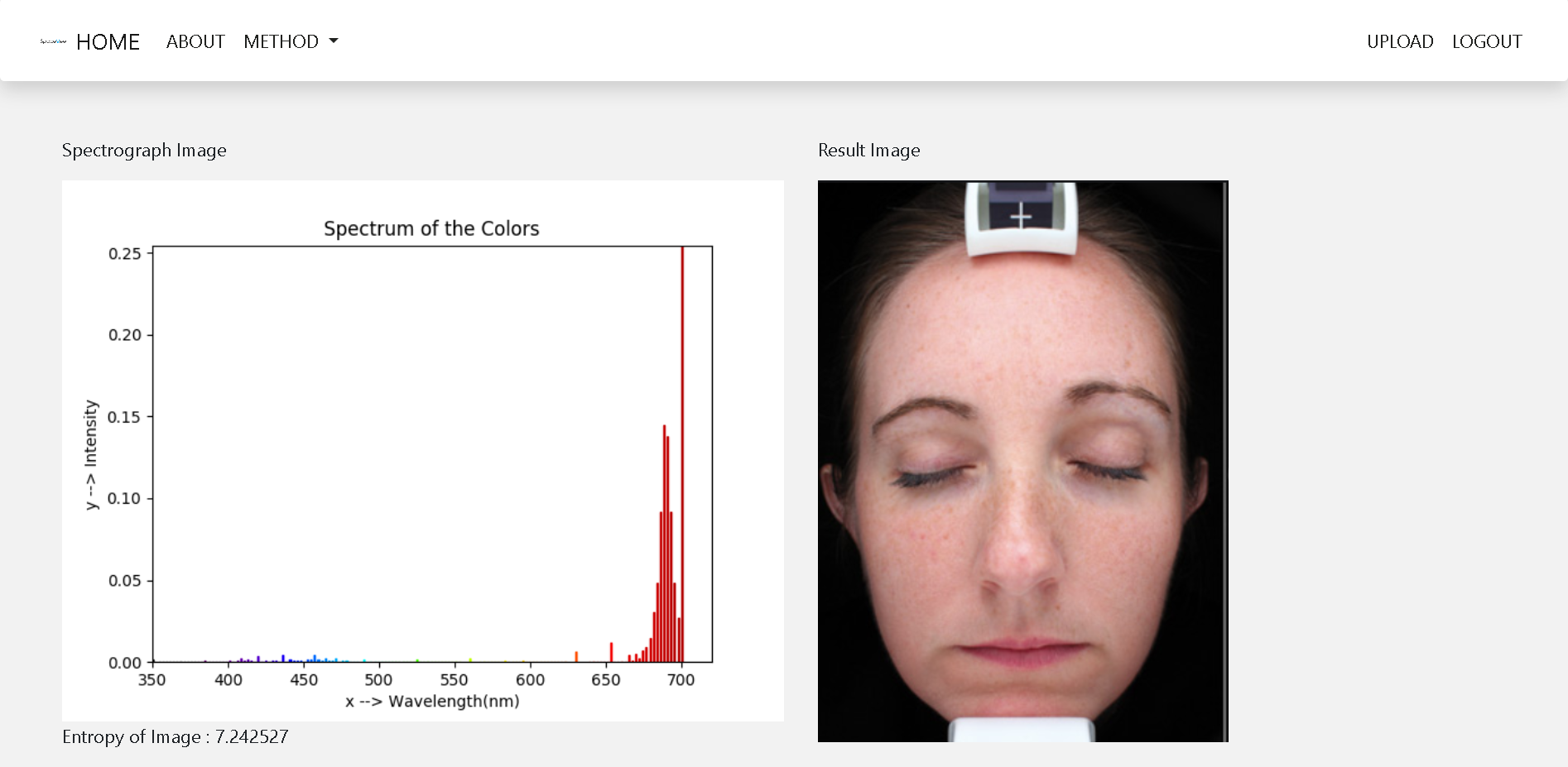
Facial Skin Surface View 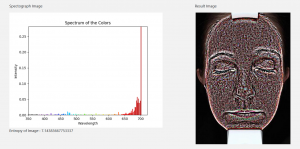
Facial Subskin Features & Analysis 
Facial Radiation Absorption Analysis 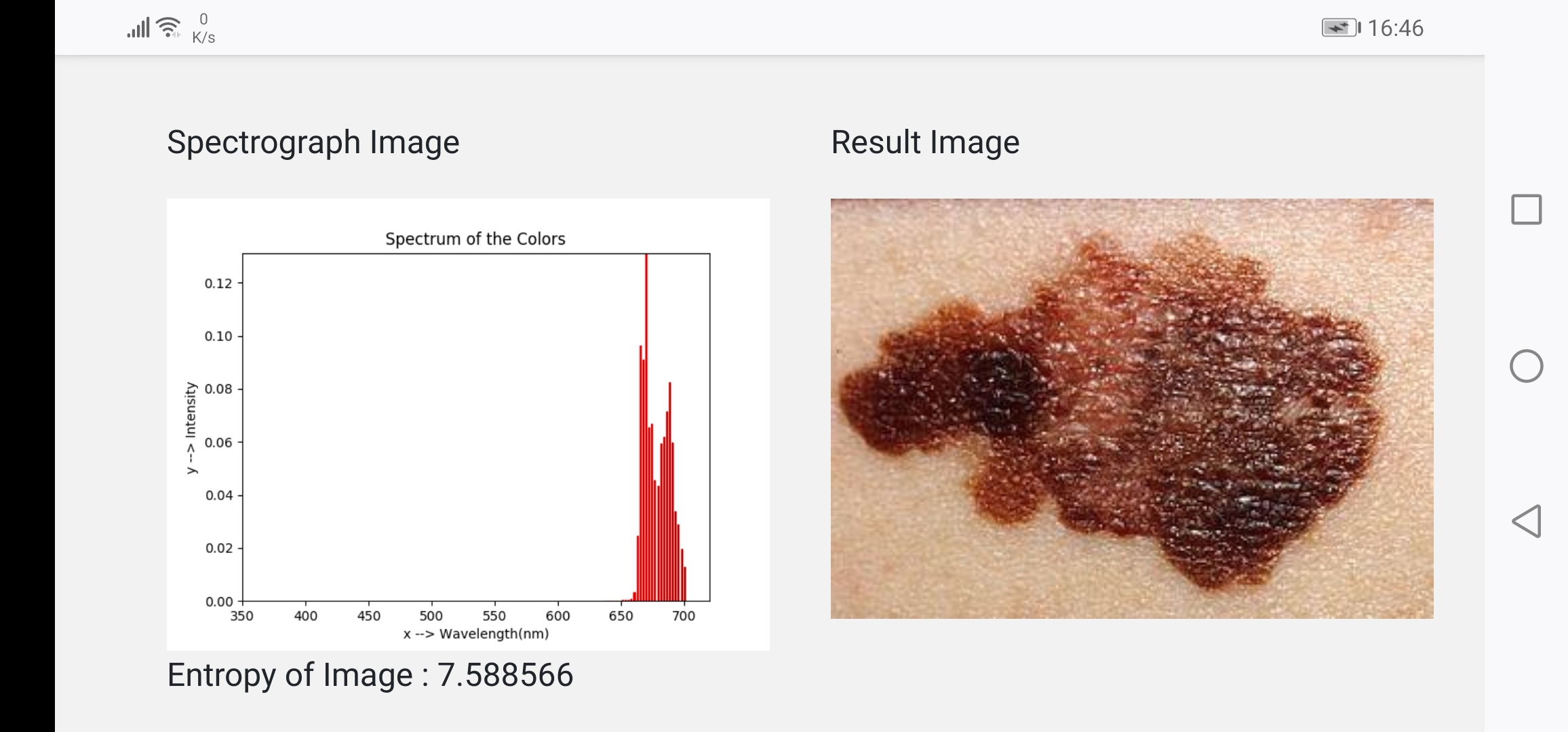
Normal Melanoma Tissue View 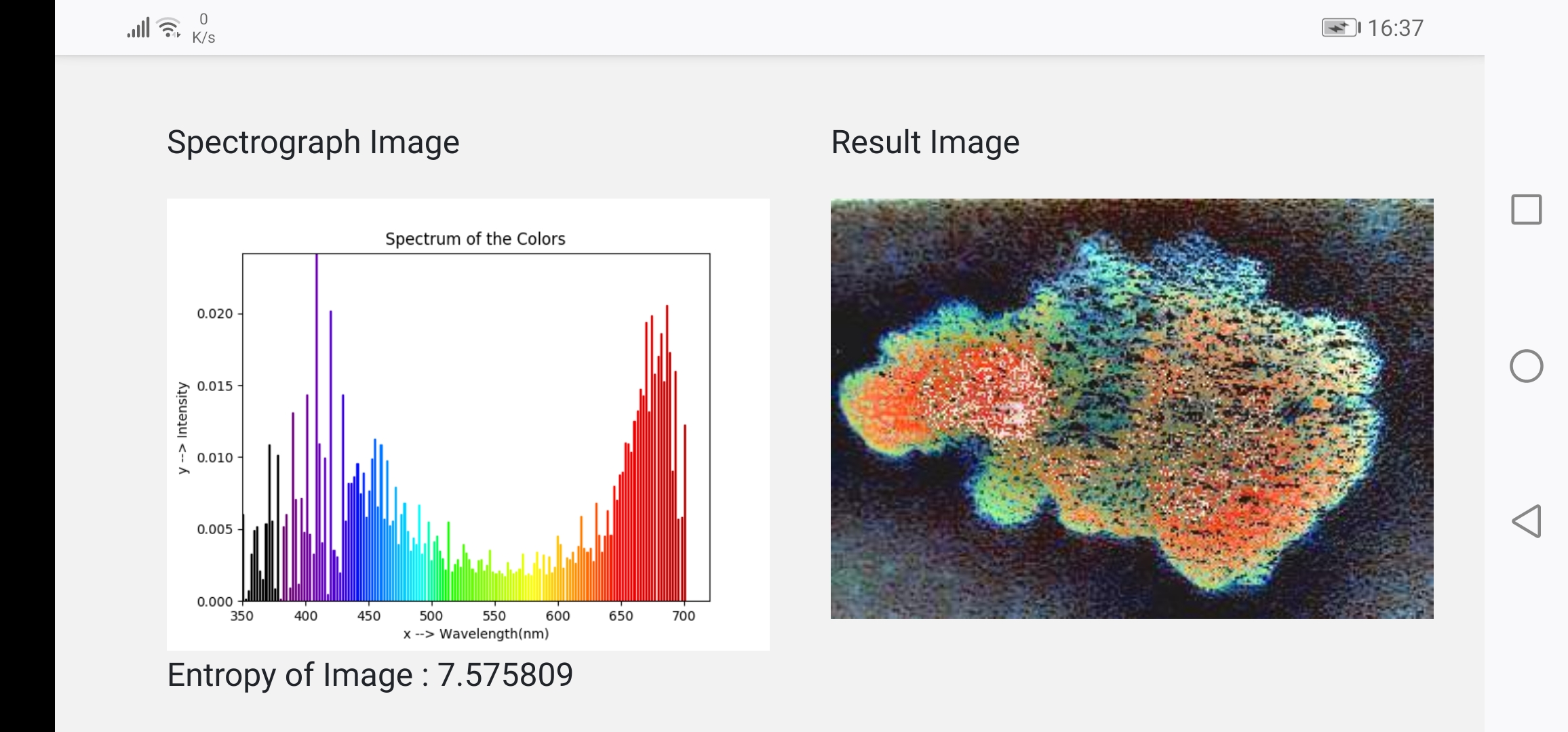
Melanoma Spectral Analysis 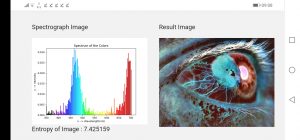
Eye Melanoma Spectral Analysis
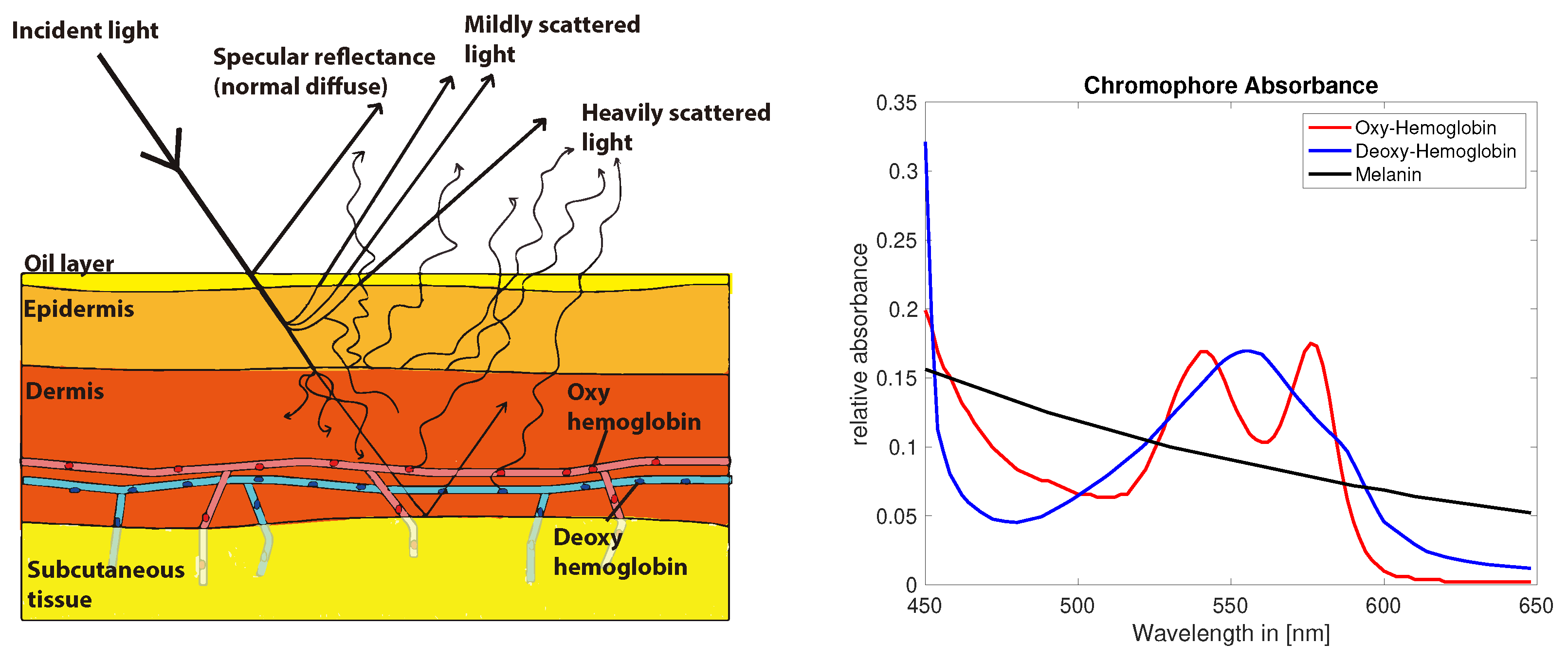
The science behind Mirror is very well established and has been know to science for more than a century. As per this research report published in Nature, the impact of bacterial infection on the skin can be visualized for example. Melanin and Haemoglobin are the main substances that make our skin look the colour that it does. These and other substance in the skin interact with light by reflecting, absorbing or internally scattering the energy delivered by light when it hits the skin. Melanin is very important as it plays a very strong role in protecting the skin from harmful light radiation, particularly UV. It contributes to the protection from sunburn which see as a change in the skin tone. Melanoma is also thought to be closely related to dysfunction of the production of melanin.
Different materials including cancerous and normal skin cells, spots, damaged pores, acne, wrinkles and other skin diseases react differently with light. Knowing how the skin interacts with light can help us better understand the skin’s health status. In fact, concentration of heamoglobin and melanin can be determined.
Mirror shows the skin surface and can show skin image down to 3-5 mm through the top layer, the epidermis and to the next layer, the dermis. For both the surface and below, Mirror also shows a graph of the skin’s absorption, internal scattering and reflection of light that hits the skin. In addition, Mirror gives an indication of the evenness of the skin with an Entropy value.
Read magazine article on UV face scan experience.

